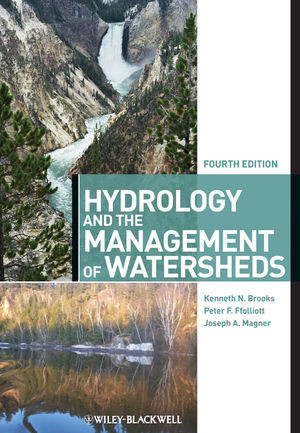

Most ebook files are in PDF format, so you can easily read them using various software such as Foxit Reader or directly on the Google Chrome browser.
Some ebook files are released by publishers in other formats such as .awz, .mobi, .epub, .fb2, etc. You may need to install specific software to read these formats on mobile/PC, such as Calibre.
Please read the tutorial at this link: https://ebookbell.com/faq
We offer FREE conversion to the popular formats you request; however, this may take some time. Therefore, right after payment, please email us, and we will try to provide the service as quickly as possible.
For some exceptional file formats or broken links (if any), please refrain from opening any disputes. Instead, email us first, and we will try to assist within a maximum of 6 hours.
EbookBell Team

4.1
90 reviewsContent:
Chapter 1 Introduction (pages 7–26)
Chapter 2 Hydrologic Cycle and the Water Budget (pages 27–48)
Chapter 3 Precipitation (pages 49–79)
Chapter 4 Evaporation, Interception, and Transpiration (pages 81–112)
Chapter 5 Infiltration, Pathways of Water Flow, and Recharge (pages 113–140)
Chapter 6 Streamflow Measurement and Analysis (pages 141–172)
Chapter 7 Groundwater and Groundwater–Surface Water Exchange (pages 173–195)
Chapter 8 Soil Erosion Processes and Control (pages 199–241)
Chapter 9 Sediment Supply, Transport, and Yield (pages 243–265)
Chapter 10 Fluvial Processes and Implications for Stream Management (pages 267–295)
Chapter 11 Water?Quality Characteristics (pages 297–328)
Chapter 12 Managing Wildland Watersheds (pages 333–387):
Chapter 13 Managing Riparian Communities and Wetlands (pages 389–426)
Chapter 14 Watershed Management Issues (pages 427–461)
Chapter 15 Socioeconomic Considerations in Integrated Watershed Management (pages 463–487)
Chapter 16 Tools and Emerging Technologies (pages 489–511)